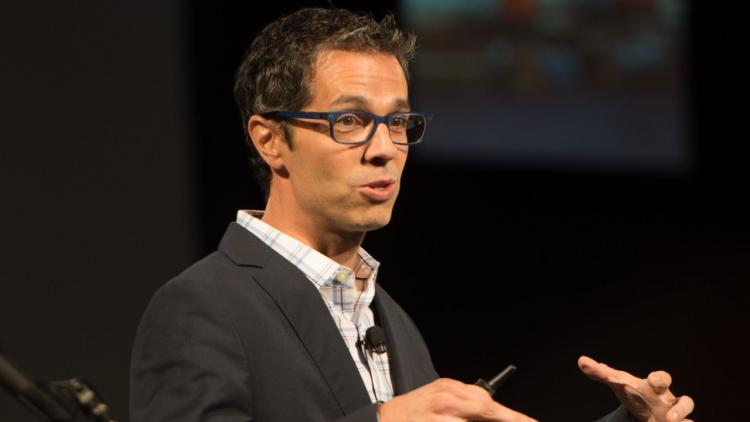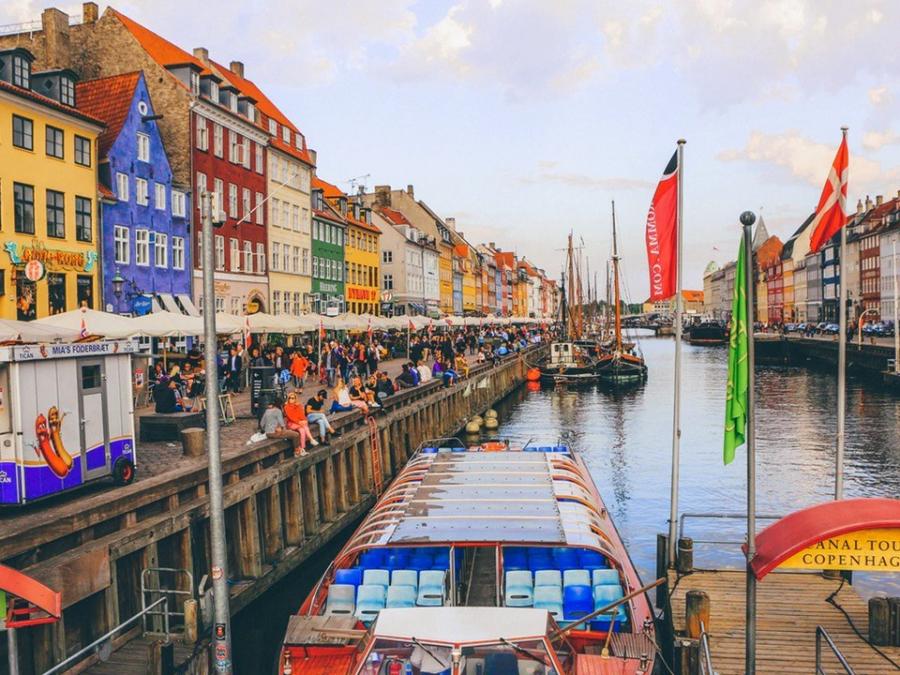KTIA Journal Interview with Adam Sacks, September 2020
Each month the Journal brings you industry tourism leaders from inside and outside of Kentucky. This month we are honored to feature the founder and President of Tourism Economics, Adam Sacks. Adam's company is dedicated to understanding the relationship between tourism and economics. From recovering from 9/11, to navigating COVID-19, Adam is an authority on measuring the economic impact of tourism activity, as well as providing data-fueled opportunity and risk assessments. Tourism Economics works closely with the Kentucky Department of Tourism, and prepared the Department's 2019 Economic Impact of Visitors in Kentucky. We spoke to Adam on how his company is approaching research during the unprecedented time of COVID-19, how Kentucky tourism leaders can use data to build a road to recovery and a stronger future, and his personal thoughts on KTIA's newly developed recovery project.

KTIA: How does Tourism Economics approach research and analyses for the industry in light of
the unprecedented nature of COVID-19, the enormity of the pandemic’s impact on the
industry and travelers, and the continuing uncertainty about what the future holds?
Our focus has shifted in a few ways. First, we have increased the frequency of our client
forecasts and updates. Second, we are developing multiple scenarios for our clients as inputs to
their planning and budgeting. Third, we are delivering several new services to our clients,
specifically aimed at tracking losses, marketing ROI, and the recovery. These services are geared
to inform strategy but also to support advocacy as our DMO clients are facing difficult budget
environments.
KTIA: Is it possible the impact of the industry’s devastation on the overall economy will help
make a future case that travel and tourism is an economic driver of the U.S. economy and that
of individual states? What research strategies could help in making that case?
Absolutely. We saw this after 9/11 when appreciation for the travel industry increased, leading
to a national travel & tourism strategy and, eventually, Brand USA. We are now in a situation
where more than a third of all job losses in the country are within the leisure and hospitality
sector, which has been hit harder than any other large industry. We are making the loud case
with policymakers that the only way to achieve economic recovery is to support a recovery in
travel. DMOs are a key part of this ecosystem and their funding must be supplemented to help
accelerate the recovery.
KTIA: Why do you believe it’s important for tourism leaders in the industry to be equipped
with hard data when speaking to leadership? Can you speak to specific examples ranging from
leadership within their own organization, to policy and beyond?
Hard data is everything. We should start with measuring historic losses, which are critical as a
basis for communicating the need. Then, we should communicate the expected recovery period
and the cumulative economic losses that this implies. Finally, DMOs should measure their
historic ROI (for both group sales and leisure marketing) and use this to show how different
scenarios of funding can influence the outlook and associated recovery.
KTIA: As a follow up to the question above, do you believe there is a place for data and
statistics when it comes to communicating to the general public? If so, why do you believe this
and what is the best method for communicating this information (social media, paid media,
interviews, etc.)?
Our recent research with MMGY NextFactor shows that DMOs see community engagement as
increasingly important. Indeed, effective advocacy will require that the general public (as well as
policy makers) appreciate the importance of visitors to the local economy and quality of life for
residents. Earned media and public relations are the best platforms for these communications.
Messages can highlight the average tax savings due to visitor spending, the share of
employment supported by visitors, and the amenities and attractions enjoyed by residents that
are made viable by visitors.
KTIA: KTIA is undertaking a process we are calling Kentucky RAFT – Recovery Actions For
Tourism. RAFT will be a broad strategic planning effort to identify ideas and actions to
contribute to the industry’s recovery over a multi-year period. Such ideas could include
legislative actions, programs through state agencies (including the Governor), actions for the
industry itself, and new KTIA programs and services. With your broad industry knowledge
across all sectors, do you have suggestions to contribute to the RAFT process?
Measure ROI of destination marketing in a credible and defensible way. This will be the main
argument for continued investment. Then the industry can better advocate for sustained and
increased funding. Also, coordinate marketing messages across the state with consistent themes
and branding, even while differentiating parts of the state.
KTIA: Your insights span from the overall industry to specific sectors ranging from everything
to sports tourism, to lodging. Are there areas of opportunities you think our industry should
take a closer look at, that may have been overlooked before, but present unique
opportunities during the pandemic?
Kentucky has a fabulous brand and product, which has strengthened considerably over the past
decade. The leisure and sports markets will almost certainly rebound in the second half of next
year. This will present an opportunity for marketers to drive travel to Kentucky. However, travel
will still be highly regionalized, which should inform target audiences. Group and meetings travel
will be slower to recover but sales activities for events in late 2021, 2022, and beyond should
yield dividends.
KTIA: Post-pandemic, what long-term changes do you predict will occur within the industry?
I believe the main enduring change will be gratitude. We’ve lost the freedom of travel and now
value it more than ever.
Soon enough, the pandemic will end. And the drivers of travel—income growth, demographic
shifts, the importance of meetings, and the intrinsic value of a vacation—will still be intact on
the other side. The recovery will take several years but the initial phase will be robust.
During any crisis, it is natural to wonder if this is the one that represents a sea change or a “new
normal.” But history would advise us all to not forget that travel prevailed through every crisis to
date, moving from survival to recovery to flourishing each time.
Travel will fully recover. And we will be more grateful than ever before.
KTIA: We’ve always asked the question, what is your favorite personal trip you’ve ever taken
and why? Of course there is certainly a new perspective on the significance of this question
and we’d love to also hear if the pandemic has given you a new outlook on your travel plans
going forward.
I travel a lot for work and get to see a lot of amazing places. However, my personal trip favorites
are more defined by the people I’m with. Each summer, we rent a house on the Delaware beach
with our family of five and another family of nine. It’s delightful and relaxing chaos every year.


